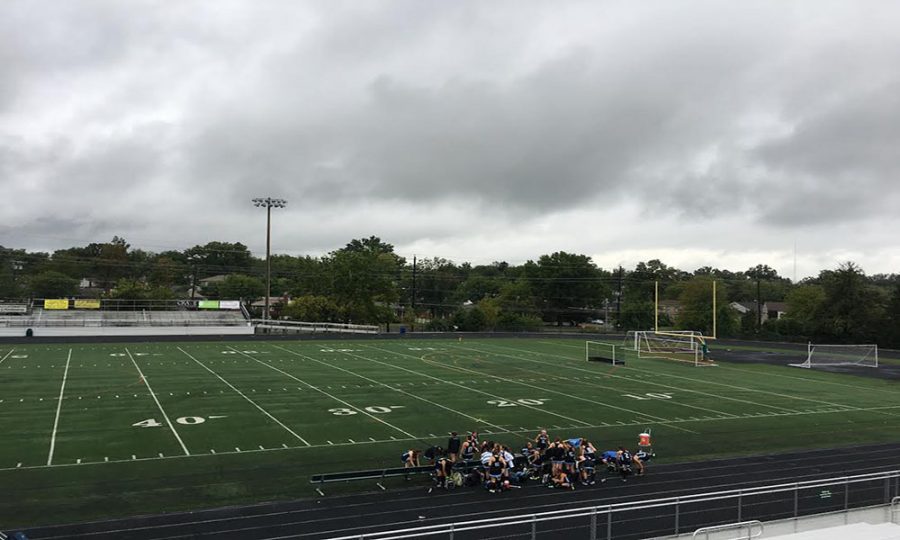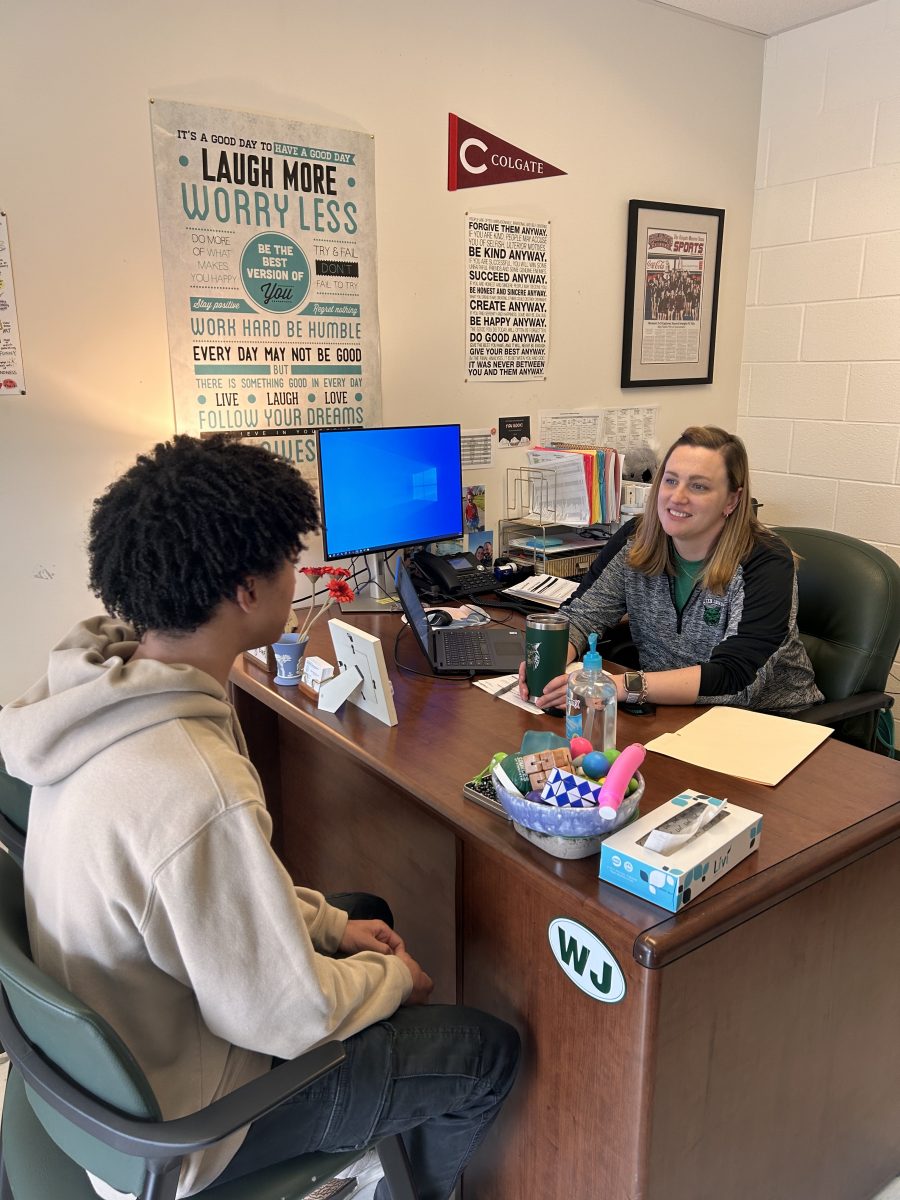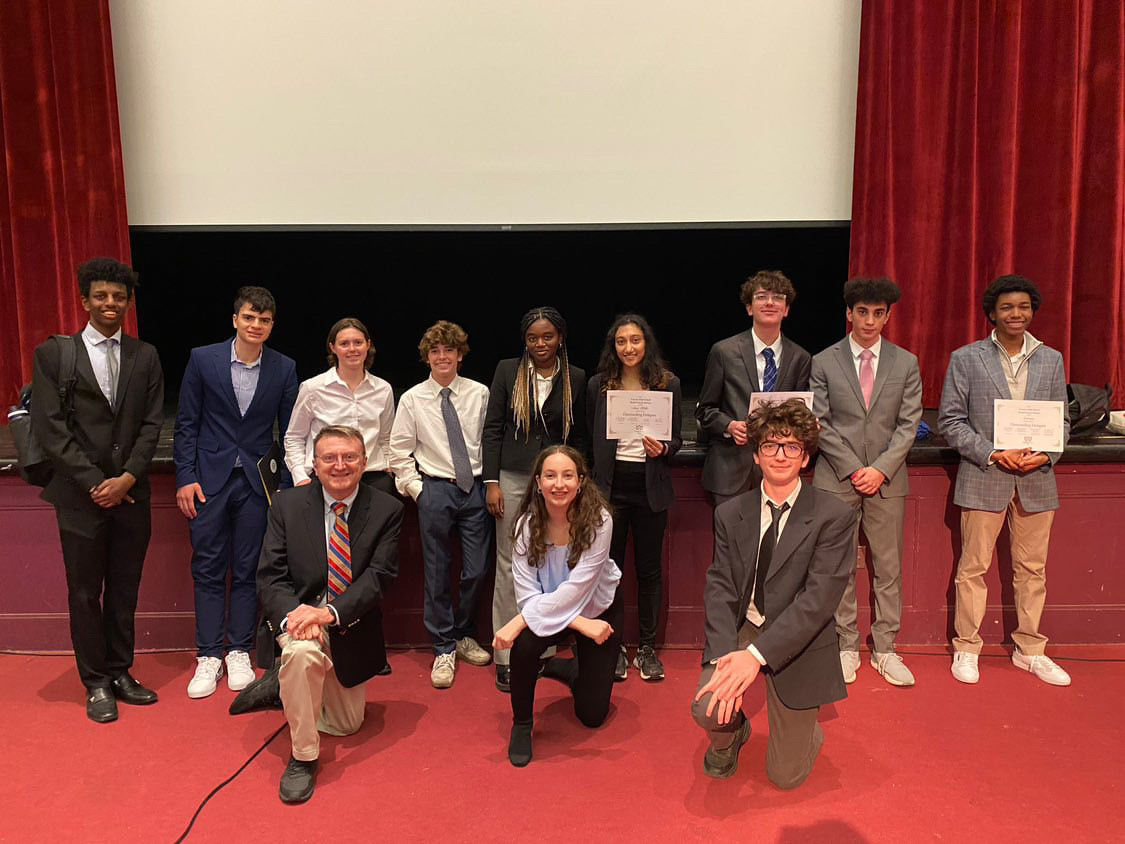Turf fields across the nation have come under fire in recent years, with accusations of danger to athletes and poor maintenance coming to light. Over the summer, Walter Johnson’s turf field entered the melee and sparked a public outcry of community parents. However later in the summer, the field emerged fairly unscathed after a series of much-needed changes.
In 2010, an artificial turf field was laid at Walter Johnson High School, chosen and paid for to improve the athletic experience of WJ athletes, and to give the local area an up-to-date space for regional sports teams and practices. When this field breached safety guidelines in July, the school learned just what it meant to stray too far from the rules.
“Forbes released the G-Max Test and Field Inspection Report that showed that the WJHS artificial turf field is now dangerous to use,” a Montgomery County parents blog claimed in mid-July. “A player on this field is now falling on a surface that is very hard and can cause severe injury or potentially even death.”
The Synthetic Turf Council (STC), an organization that regulates the safety and usage of turf fields nationwide, has set a guideline of 165 as the highest safety level any given turf field can reach within the G-Max test, in terms of hardness and grass depth.
A county report from the same period indicated that WJ’s turf was severely over the line of safety. Out of ten test spots, six violated the guideline. The average rating of the entire field was 176.44, 11.44 points higher than the maximum safety level, in the few weeks leading up to the beginning of summer training for fall sports teams.
There’s a reason the STC has a G-Max rating cap at 175. Above that, one can enter the range of “hard-packed clay” and “frozen grass,” according to Turf Industry, an established turf information center. Concussions and bruised limbs are just a few of the possibilities that can occur on these treacherous terrains.
“If I was in the middle of a game and all of a sudden I had this fall and hit something really hard, that could definitely jeopardize my role in the game and on the team,” sophomore JV field hockey player Caroline Gardiner said.
The community outrage and coverage of the issue by Forbes Magazine may have spurred the change that occurred on the field between the time after the initial quality report and the beginning of the school year. On August 25, a newly updated report of the field’s quality was released with major changes displayed within.
“No site abnormalities were found and there were no deviations from standard test procedures. All test points met the requirement,” athletic field consultant Jeff Clise said in the report.
Of the ten test spots evaluated in the review, only one was above the safety guideline and the average rating for the entire field was 159.95, well below the STC’s maximum rating regulation.
WJ principal Jennifer Baker sent an email to the school community on September 13 assuring her trust in WJ’s field maintenance practices and stating that the turf is completely safe and up to date. She also provided a valuable resource for local community members to utilize in the future, should a similar situation arise.
“Montgomery County Public Schools now has a website dedicated to our artificial turf fields. It’s called the Artificial Turf Fields Program. It has all of the information about each of the fields in Montgomery County,” Baker said.
With a strong August report, sturdy backing by the school’s principal, and an information-packed website up and running, WJ’s turf issues may be seeing the last of their days.








